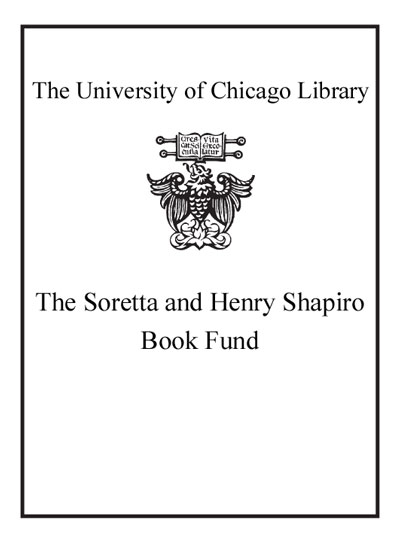Review by Choice Review
This is a well-documented, well-written piece by a former high-ranking member of the intelligence community. Fingar (Stanford Univ.) was the deputy director of National Intelligence for Analysis. His focus is on the analytic aspect of the intelligence process. Perhaps the most important documents produced by the intelligence community are National Intelligence Estimates (NIEs). Such works can cover a wide range of topics. They should be objective, not prescriptive, and contain a summary and alternate views. They should give the consumer a clear picture of a situation that may develop and the relative likelihoods of success or consequences of various actions. Fingar cites two NIEs as examples: one on Iraq's weapons of mass destruction, which was a major failure, and another on Iran's nuclear program. The first, which was requested by Congress, was produced with undue haste, and it was wrong, partly because of an unreliable source, "Curveball," whose veracity went unchecked. It was later reproduced as a white paper and widely distributed. The NIE on Iran was more reflective and reliable. NIEs are meant to reduce uncertainty by giving policy makers a view, sometimes flawed, sometimes accurate, into the unknown. Hopefully, members of the intelligence and policymaking communities will read this book. Summing Up: Recommended. Graduate, research, and professional collections. A. C. Tuttle emeritus, University of Nevada, Las Vegas
Copyright American Library Association, used with permission.
Review by Choice Review

